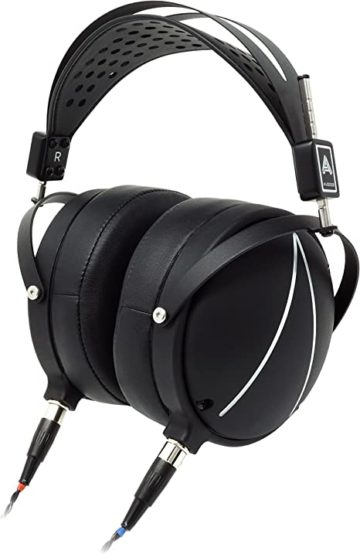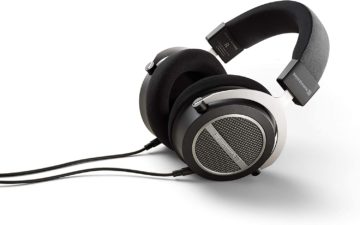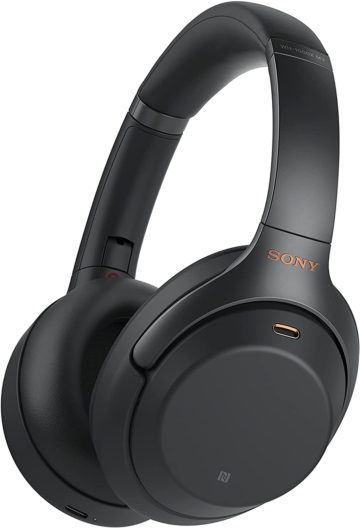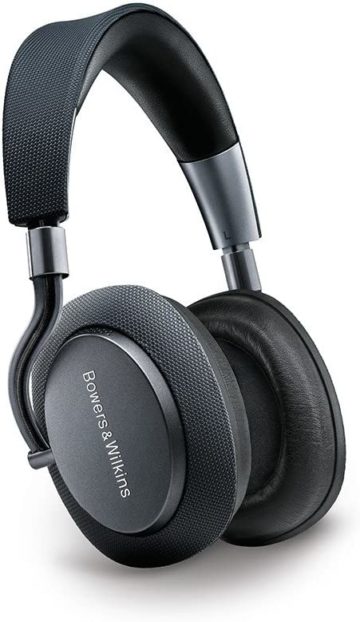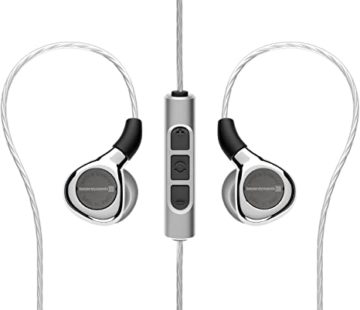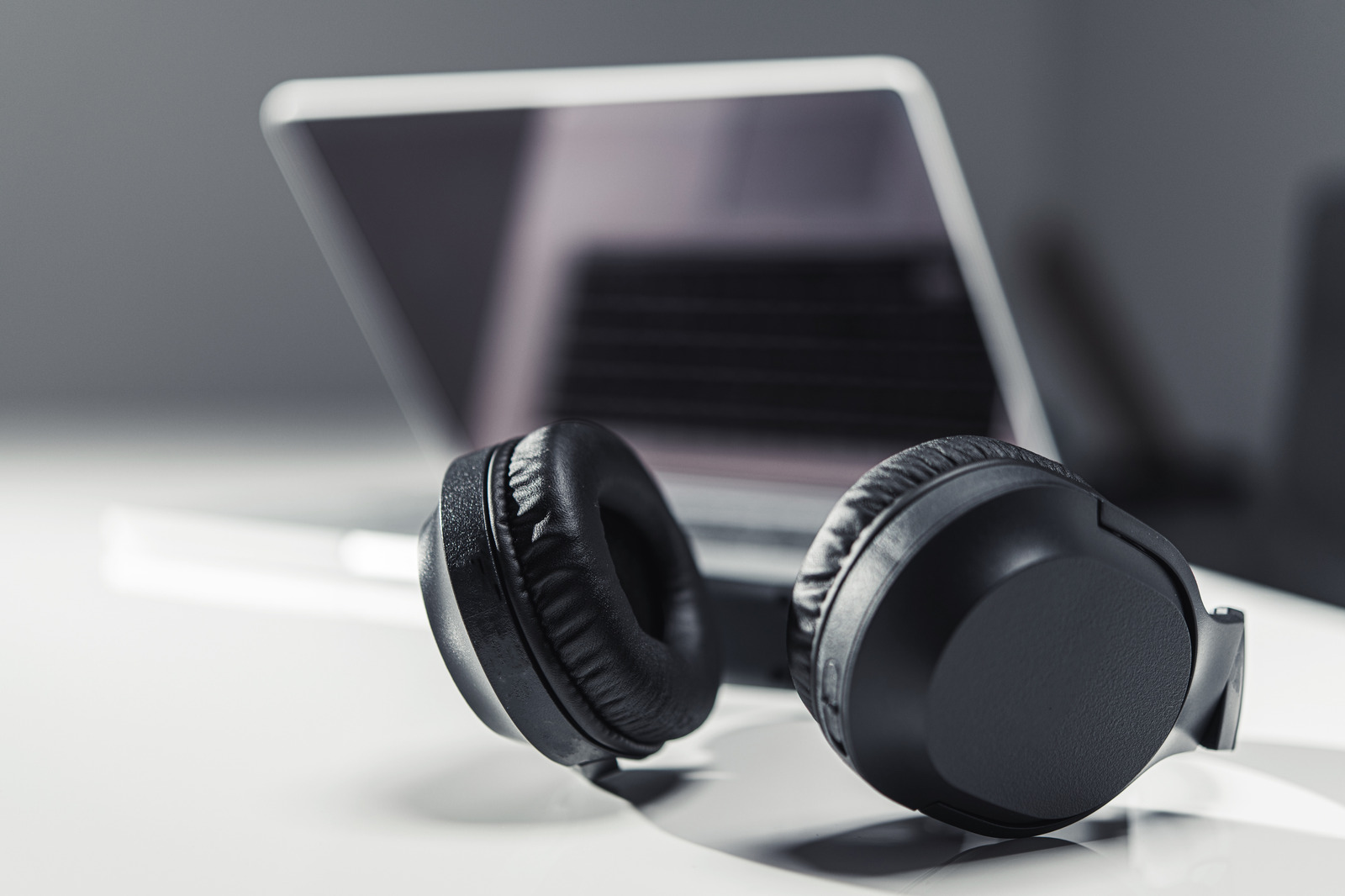Outstanding headphones for anyone that loves a lot of bass coming from large and extremely soft ear coverings.
Best Electronic Drum Headphones
Unveiling the top electronic drum headphones - from budget finds to premium sound quality. Elevate your drumming experience now!

